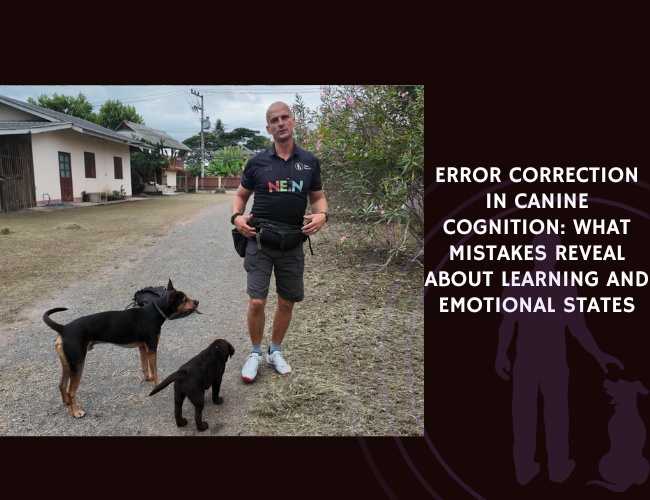Novais, Souza Arruda Lemos, & Faria Junior (2010) conducted a survey of 75 dogs treated at the Veterinary Hospital of Unicastelo, Fernandópolis, SP, to determine the prevalence of separation anxiety syndrome (SAS). This behavioral disorder, marked by distress vocalization, destructiveness, and inappropriate elimination, is a frequent cause of compromised welfare, abandonment, and even euthanasia.
Results showed that 35 dogs (47%) exhibited distress vocalization, 29 dogs (39%) urinated in inappropriate places, 17 dogs (23%) defecated indoors, and 22 dogs (29%) engaged in destructive behavior during their owners’ absence. Overall, 68% of the dogs met the criteria for SAS. Demographically, the sample included 40% adult males, 12% young males, 40% adult females, and 8% young females, showing the condition’s widespread occurrence across sexes and age groups.
This study highlights that SAS is a significant welfare issue in Brazil and emphasizes the need for early recognition, proper diagnosis, and effective treatment strategies to improve canine quality of life and reduce abandonment rates.
Source: Novais, A. A., Souza Arruda Lemos, D., & Faria Junior, D. (2010). Síndrome da ansiedade de separação (SAS) em cães atendidos no Hospital Veterinário da Unicastelo, Fernandópolis, SP. Ciência Animal Brasileira, 11, 205–211. Authors: A. A. Novais, D. Souza Arruda Lemos, D. Faria Junior. Journal: Ciência Animal Brasileira.










